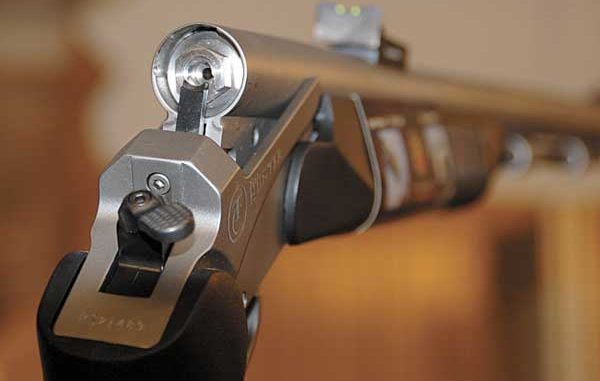
The early October blackpowder season gives Upstate hunters a headstart on whitetails.
If you swore off blackpowder rifles years ago due to the mess, maybe it’s time to give them another shot. Muzzleloader season opens in Games Zones 1 and 2 this month.
Ronnie Boyce of Simpsonville doesn’t consider himself a traditional trophy deer hunter, nor is he particularly nostalgic about the romanticism some associate with “primitive blackpowder weapons.”
Nonetheless, he found himself in a box stand in southern Greenville Co. one morning early last October. He was watching a nice buck — whose rack he couldn’t quite make out — retracing the trail a couple of does had left earlier that morning.
Boyce, a 54-year-old fire chief, had a panoramic view of a food plot he had planted to attract deer, plus an adjacent 4- to 5-year-old clearcut. As the big-bodied deer was high-stepping along the edge of a gully in the clearcut, Boyce had only a few seconds to make the “take him or let him walk” decision.
Erring on the side of conservancy, he eased back and let the buck pass, guessing the deer to be a 2½-year-old that would be perfect for harvest the following season. The last he saw of the deer as it eased back into the woods was a wide, 9-point rack.
In the following weeks, Boyce found himself rethinking his decision. After helping his 75-year-old father, James, load up a 12-point, 206-pound monster two days later — and not seeing any sizable deer in the days and weeks that followed, the younger Boyce couldn’t get the big 9-point off his mind.
An avid hunter who put away his .30/06 nine years ago in favor of a trusty Thompson/Center muzzleloader, Boyce found himself in his box stand on the last day of the season, with his blackpowder rifle at his side. In a replay of opening day, the 9-point buck that had mesmerized Boyce all season showed up again.
Placing the crosshairs of the Zeiss scope on the deer’s shoulder, he squeezed the trigger, knowing he had only one shot at the trophy.
When the smoke cleared, the deer had simply vanished. Typically, the hunter doesn’t have much opportunity to see the bullet’s impact or even determine the direction the deer ran due to the billowing white smoke from the muzzle blast.
Boyce searched the ground through his scope, hoping for some sign of what had taken place on the other side of the blast, but his visual search gave no clue. Not wanting to put a premature end to his season by climbing down, he reloaded and resumed his hunt.
After an hour-and-a-half, Boyce descended from his stand and walked to the spot the buck had been standing at the shot. What he found were hoof prints that ended abruptly. The buck hadn’t taken a single step after the shot, but Boyce couldn’t see its final resting place because an uprooted stump blocked his view.
Boyce had originally misjudged the size of the deer. No ground shrinkage here; he wrapped his hands around the heavy main beams and lifted the head while admiring the a body that would weigh in at just over 200 pounds.
“Primitive” no more
“Most hunters hunt with a muzzleloader because it gives them a 10-day head start on deer season” said Boyce. “I kind of evolved into it. Back in the day, I owned a BAR automatic and had as many shots as I wanted, and then I put that gun down and used a bolt-action 30/.06 rifle before graduating to a single-shot Remington.
“Then one day, I decided I was going to take the one-shot standard to the highest level and shoot blackpowder only,” he said.
Boyce is quick to point out that he is far from a traditional muzzleloader hunter, embracing all of the advanced technology of today’s smokepole rifles. He said that he’ll match the reliability and accuracy of his Encore Super 50 out to 200 yards with any standard deer rifle in the hands of the average hunter.
“This ain’t your grandfather’s muzzleloader,” Boyce said. “There’s no more measuring powder, cutting patches, misfires in the rain or messy clean up.”
While primitive weapons are legal in most areas of South Carolina that allow centerfire weapons, only Game Zones 1 and 2 — the Mountain Hunt Unit and the Piedmont Area — have designated “primitive weapons seasons.” It’s for this reason that there’s much more interest in blackpowder hunting in the Upstate than the rest of South Carolina.
“I don’t hunt any differently with a muzzleloader than I did with a rifle,” Boyce said. “Part of that has to do with the fact that even with a rifle, I always tried to set my shots up where I could get the deer within 100 yards of my stand. That doesn’t mean that I won’t shoot further. I have a self-imposed killing range of 200 yards, which I have taken only once — and killed the deer where it stood.”
Muzzleloader hunting typically combines the reduced range of bow hunting with the “ease of use” of gun hunting. Similar to archery, hunters need to have a better understanding of their quarry — how to pattern deer, which foods they prefer and which routes they are most likely to use. No open bean fields or slopes of clover with quarter-mile views.
Boyce hunts on private lands in both Greenville and Laurens counties. He builds mostly box blinds that are comfortable, safe, and afford cover from a deer’s eyesight. An additional aspect to muzzleloading is that he can introduce the sport to newcomers, even kids, without requiring much experience. An avid archery hunter, Boyce said that it takes much time and practice to get the hang of archery. With a muzzleloader, the learning curve is much shorter.
“It’s something different,” Boyce, “and for me, I enjoy concentrating on the details. For one, I shoot the same gun all season. Two, it’s almost entirely a one-shot deal, and you have to make that shotcount. The third is that it makes you a better hunter and definitely a better tracker.”
Where to hunt
For hunters who do not have access to private land, there are thousands of acres of public hunting lands throughout the Upstate and mountains — primarily the Sumter National Forest, which spans several counties.
The largest national-forest tracts are in three districts: the Andrew Pickens Ranger district in the northernmost part of Oconee and Pickens counties in Game Zone 1; the Long Cane Ranger district near the borders of Abbeville, Greenwood and McCormick counties; and the Enoree Ranger district, primarily north of Newberry.
A WMA permit is required to hunt any Game Management Area in South Carolina; it can be purchased through the same channels as regular hunting licenses. For more information about public hunting in Game Zones 1 and 2, visit your local S.C. Department of Natural Resources office or visit the website at www.dnr.sc.gov.
Primitive Weapons Season for Game Zones 1 and 2 is Oct. 1-10, with a limit of two deer per day, bucks only, except for Oct. 4 which is either-sex day in Game Zone 2.

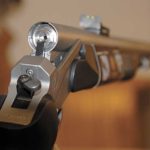
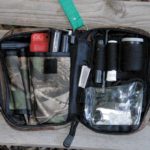
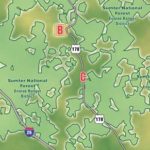

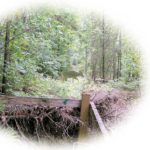
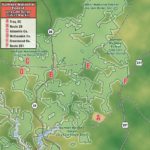
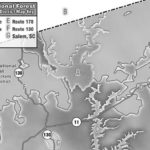
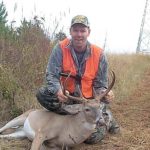



Be the first to comment